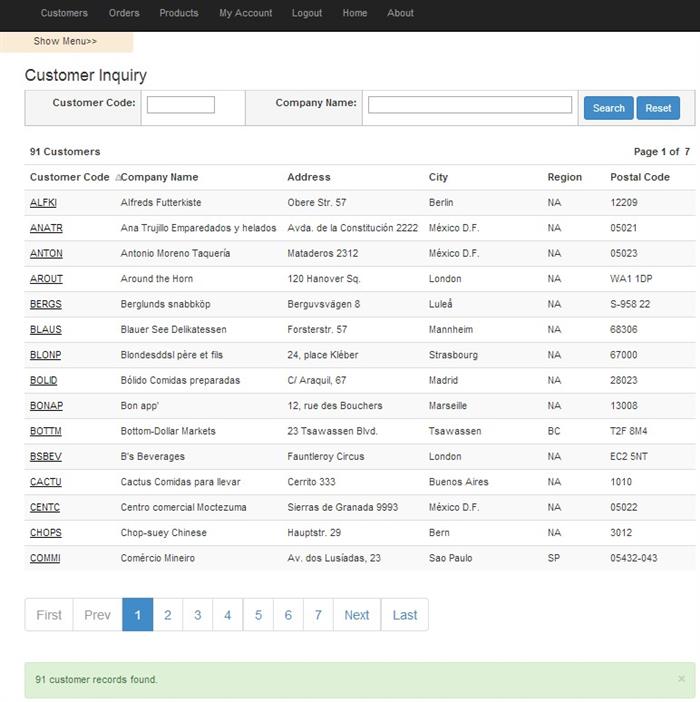
At the back-end, use the UserApp API (if you use UserApp) to check if the token is valid or not. Hide elements that should only be visible when logged in:Īnd to authenticate to your back-end services, just use user.token() to get the session token and send it with the AJAX request. User properties are accessed using the user service, e.g: (Ends the session and redirects to the login route) factory('Auth', [ '$http', '$rootScope', '$window', 'Session', 'AUTH_EVENTS',įunction($http, $rootScope, $window, Session, AUTH_EVENTS) ) It is a continuously growing and expanding framework which provides better ways for developing web applications.

AngularJS is a Javascript open-source front-end framework that is mainly used to develop single-page web applications (SPAs). Also contains functions on authorization, that is if the user is allowed to perform a certain action. AngularJS was developed in 2008-2009 by Misko Hevery and Adam Abrons and is now maintained by Google. The $http service is used to communicate with the server for the authentication procedures. (2) Auth Service: All following functions are implemented in auth.js service. NotAuthenticated : 'auth-not-authenticated', *Constants regarding user login defined here*/ AngularJS is what HTML would have been, had it been designed for building web-apps.
ANGULARJS SAMPLE PAGE INSTALL
npm install angular-in-memory-web-api0.8.0 -save. Step-1: To install angular-in-memory-web-api, run below command from root folder of the project. To use it in our angular application we need to follow below steps. Lets take the placeholder attribute of input as an example. (1) app.js: Creation of authentication constants on app definition var loginApp = angular.module('loginApp', ) In our example we are using in-memory web API for CRUD operation. Two things we have to understand first are property binding and interpolation in Angular. I'll try to explain as good as possible, hope I help some of you out there: Getting Started: Start by making an application called myShoppingList, and add a controller named m圜trl to it. I've created a github repo summing up this article basically: Any advices and/or resources are very much appreciated.
ANGULARJS SAMPLE PAGE HOW TO
I am using angular.js for the very first time and really getting confused as to how to start. Step 2) Add href tags which will represent links to Angular JS Topics and Node JS Topics. This file can be downloaded from the angular.JS website. This route file is necessary in order to make use of the functionalities of having multiple routes and views.

Ĭ.) if a user is not logged in, it fills out the form and server sets a USER_TOKEN in session, so all further requests to endpoints will be authenticated based on USER_TOKENĪ.) How can I handle client-side authentication using AngularJS? I saw here and here but did not understand how to use themī.) How can I present different views to user based on if user is logged in or not under same url Step 1) Include the angular-route file as a script reference. ī.) Once a user hits the URL in browser, based on if user is logged in or not, he is presented with a home page/view or login page/view under the same url. I have a backend for my project ready where each of the REST endpoints needs to be authenticated.Ī.) I want to have a single page for my project. I am new to AngularJS and gone through their tutorial and got a feel for it.


 0 kommentar(er)
0 kommentar(er)
